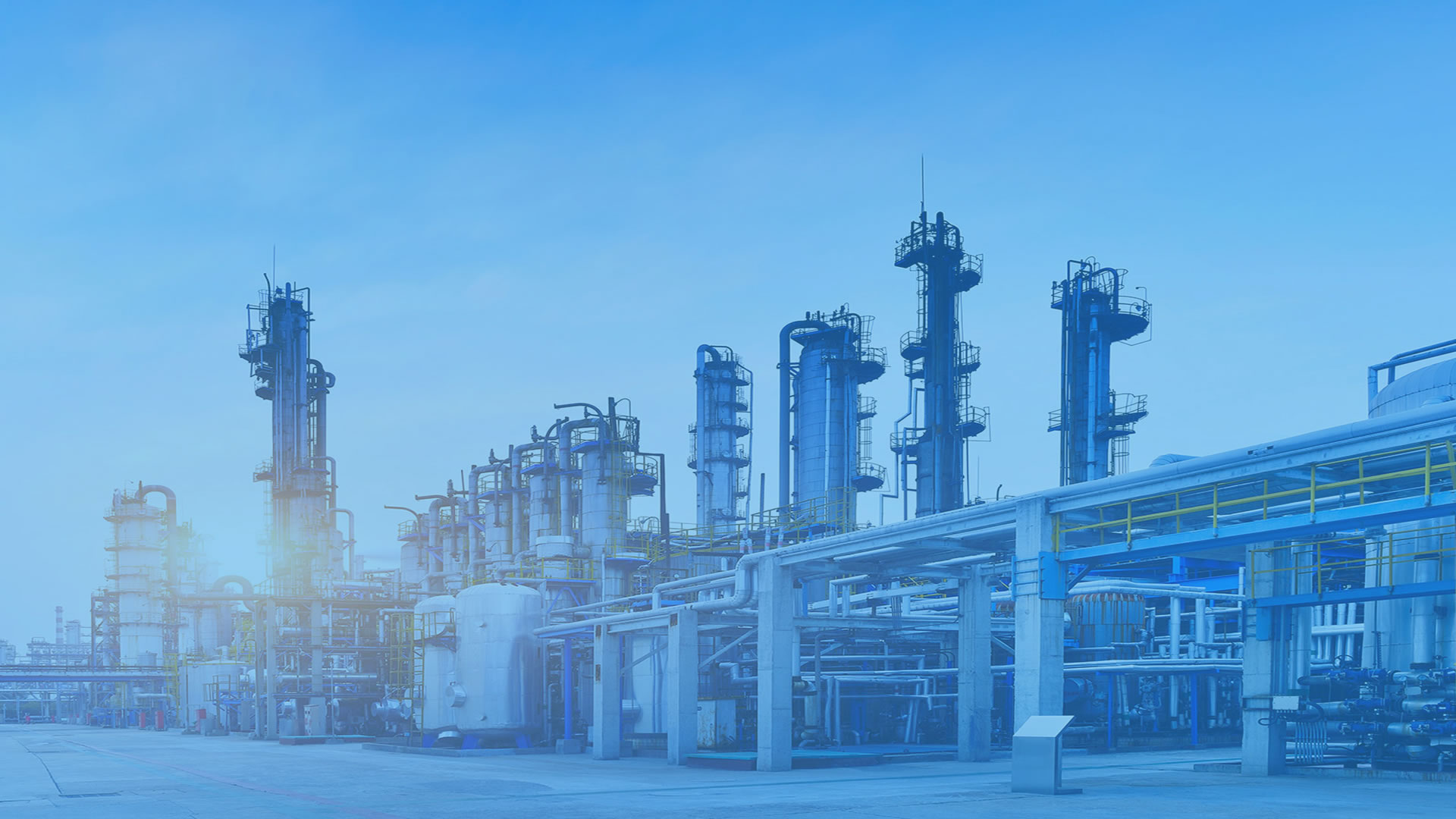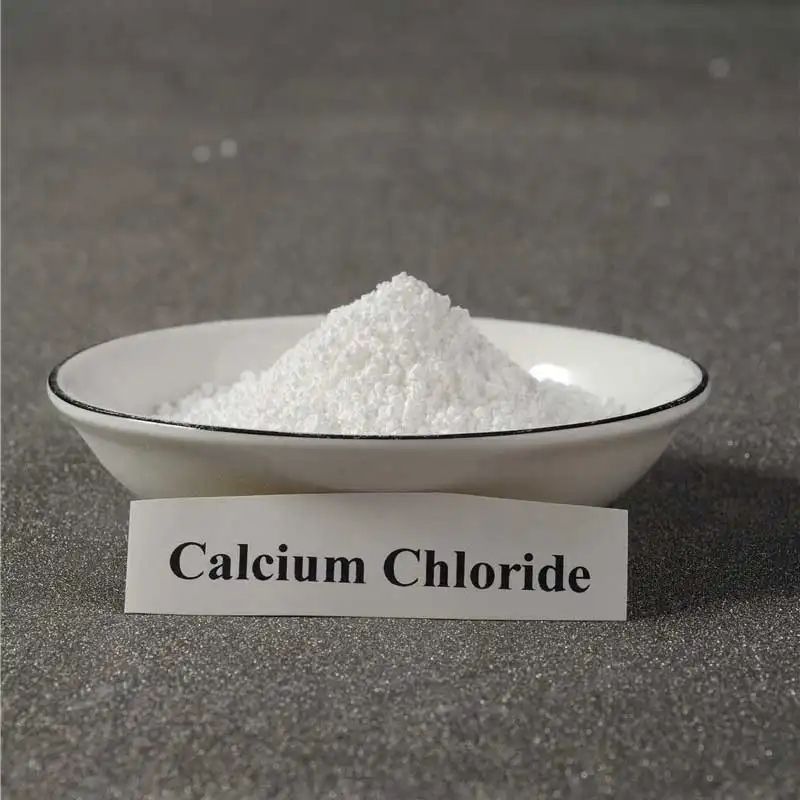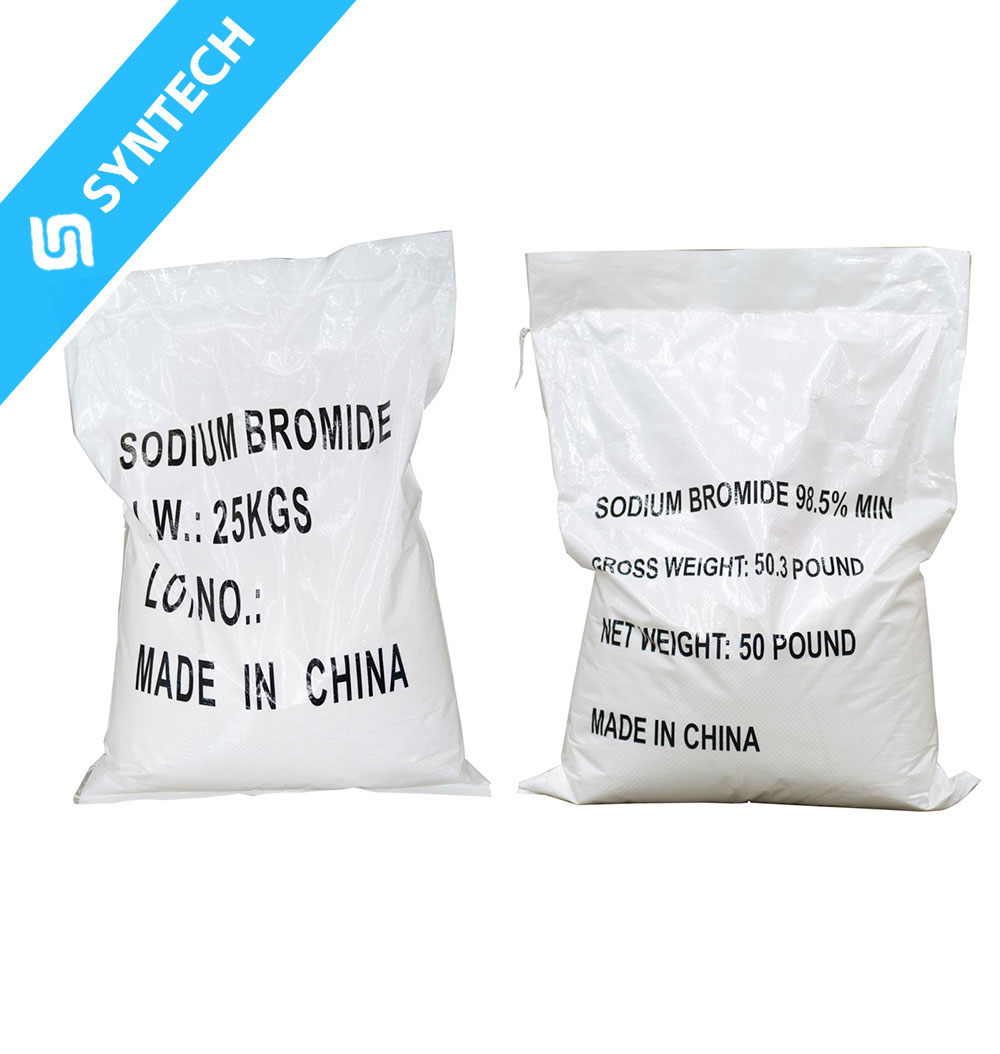The use of calcium bromide (CaBr₂) as a flame retardant is primarily based on its effectiveness in the gas phase, a mechanism known as chemical interference or radical trapping.
Here is a detailed explanation of its possible flame retardant mechanism:
Flame Retardant Mechanism of Calcium Bromide
The primary flame retardant action of calcium bromide occurs in the gas phase through a process that interrupts the combustion chain reaction. This is distinct from other mechanisms that work by forming a protective char layer.
The mechanism can be broken down into the following steps:
1. Thermal Decomposition: Release of Bromine Radicals
When a material treated with calcium bromide is exposed to fire, the high heat causes the CaBr₂ to decompose and release active bromine-containing species, most importantly hydrogen bromide (HBr) and bromine radicals (Br•).
- Reactions:
- CaBr₂ + Heat → Br• + other brominated species
- CaBr₂ can also react with moisture or hydrogen atoms from the decomposing polymer to form HBr.
2. Interference in the Combustion Chain Reaction
Combustion is a complex free radical chain reaction involving highly reactive H• and OH• radicals in the flame zone. These radicals are critical for propagating the fire and releasing heat.
The key step is where the bromine species (HBr or Br•) scavenge or “trap” these highly energetic free radicals.
- Key Radical Trapping Reactions:
- HBr + H• → H₂ + Br•
(Hydrogen bromide reacts with a hydrogen radical to form stable hydrogen gas and a bromine radical.) - HBr + OH• → H₂O + Br•
(Hydrogen bromide reacts with a hydroxyl radical to form stable water vapor and a bromine radical.) - Br• + RH → HBr + R•
(The bromine radical can then be regenerated, allowing it to continue the cycle.)
- HBr + H• → H₂ + Br•
3. The “Catalytic” Cycle of Bromine
As shown in the reactions above, the bromine radical (Br•) produced is not consumed permanently. It reacts with the burning fuel (RH) to regenerate HBr. This HBr can then go on to scavenge more H• and OH• radicals.
This creates a catalytic cycle where a relatively small amount of bromine can effectively remove a large number of the essential combustion radicals, thereby slowing down or suppressing the flame’s propagation.
Summary of the Mechanism
| Step | Process | Effect |
|---|---|---|
| 1. Decomposition | Heat causes CaBr₂ to release HBr and Br•. | Provides the active flame-inhibiting agents. |
| 2. Radical Trapping | HBr and Br• react with H• and OH• radicals in the gas phase. | Removes the key propagating radicals from the flame, starving the fire. |
| 3. Cycle Regeneration | Br• is regenerated and reacts to form HBr again. | Allows a small amount of bromine to have a large, sustained inhibitory effect. |
In conclusion, calcium bromide acts as an effective gas-phase flame retardant. Its efficiency lies not in cooling the fuel or forming a protective barrier, but in chemically interrupting the combustion process itself by neutralizing the high-energy free radicals that are essential for the flame to sustain itself.






